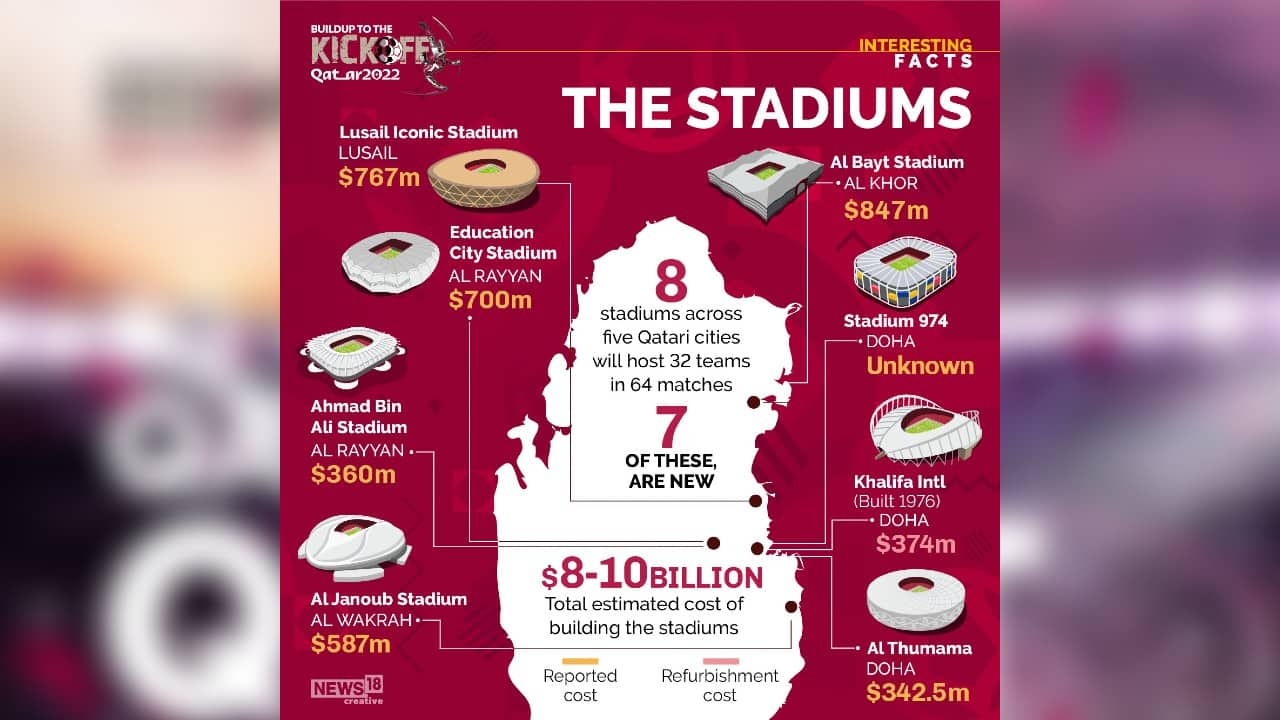
The Roar Returns: A Statistical Analysis of Fans’ Post-Pandemic Re-Entry to Stadiums
The sudden silence that descended upon stadiums worldwide in early 2020 was a stark, almost surreal, testament to the global reach of the COVID-19 pandemic. Iconic arenas, once pulsating with the collective energy of tens of thousands, became eerily quiet, their empty seats serving as a poignant symbol of a world brought to a standstill. For professional sports, which thrive on the symbiotic relationship between athletes and their spectators, this absence was not merely an inconvenience; it was a profound disruption, both economically and spiritually.
However, as vaccination campaigns progressed and health protocols evolved, the gradual, then enthusiastic, return of fans to stadiums marked a significant turning point, not just for sports but for society’s slow crawl back to normalcy. This re-entry has been a multifaceted phenomenon, rich with statistical insights that underscore the irreplaceable value of live attendance, the financial resilience of the sports industry, and the enduring human desire for communal experiences.
The Great Silence: What Was Lost
Before delving into the numbers of the return, it’s crucial to understand the magnitude of what was lost. Pre-pandemic, live sports attendance was a colossal global industry. In the United States, for instance, the NFL regularly saw average attendance exceeding 60,000 per game, while Major League Baseball (MLB) welcomed over 30,000. In Europe, football (soccer) leagues like the English Premier League and Germany’s Bundesliga boasted stadiums routinely filled to over 90% capacity, often selling out. This wasn’t just about ticket sales; it was about billions in ancillary revenues from concessions, merchandise, hospitality, and the vital boost to local economies surrounding venues.
When the lockdowns hit, these revenue streams evaporated. Estimates varied, but the financial impact was staggering. Leagues and clubs faced unprecedented losses in matchday revenue, forcing them to rely heavily on broadcast deals, often renegotiated under duress, and emergency loans. For example, reports indicated that Premier League clubs collectively lost hundreds of millions of pounds in matchday income during the 2020-2021 season alone. The absence of fans also significantly impacted the on-field product; studies, particularly in football, suggested a noticeable diminution of home advantage during the empty stadium era, highlighting the psychological boost fans provide to their teams.
The Cautious Comeback: Phased Reopening and Protocols
The return was not a flick of a switch but a carefully orchestrated, phased process. Initial attempts involved limited capacities, often starting with just a few thousand spectators, sometimes restricted to season ticket holders or specific demographic groups. Health and safety protocols were paramount: mandatory mask-wearing, social distancing in seating arrangements, temperature checks, enhanced sanitation, and, increasingly, proof of vaccination or negative test results.
Different regions adopted varying speeds and strategies. China’s CBA basketball league and South Korea’s KBO baseball league were among the first to experiment with limited returns in mid-2020. By early 2021, the United States saw its major leagues – MLB, NBA, NHL – gradually reintroducing fans, with capacities slowly escalating from 10-20% to 50% and beyond as the year progressed. Europe followed suit, with the Euro 2020 (played in 2021) football tournament serving as a high-profile test case for cross-border fan travel and varying stadium capacities.
Statistical Deep Dive: The Numbers Tell the Story
The data from the period of re-entry offers compelling evidence of the profound impact of fans.
1. Attendance Figures and Capacity Restoration:
The most direct metric, attendance, showed a remarkable rebound. By the latter half of 2021 and into 2022, many major leagues were reporting attendance figures nearing, or even exceeding, pre-pandemic levels.
- NFL (National Football League): After a 2020 season played mostly in empty or near-empty stadiums, the 2021 season saw a triumphant return. The NFL reported an average attendance of approximately 69,442 fans per game for the 2021 regular season, very close to its 2019 average of 69,487. This rapid recovery to near-full capacity underscored the league’s robust fanbase and effective health protocols.
- Premier League (English Football): The 2021-2022 season saw Premier League stadiums once again full. Matchday attendance across the league averaged over 39,000 per game, a significant increase from the restricted numbers of the previous season and a return to the consistent high figures seen pre-pandemic. Many clubs reported over 95% capacity utilization throughout the season.
- NBA (National Basketball Association): The 2021-2022 NBA season saw an impressive recovery. After average attendances dropped dramatically during the 2020-2021 season (which started with many arenas empty or at very low capacity), the 2021-2022 season saw an average of over 17,000 fans per game, pushing close to pre-pandemic averages of around 17,800. Playoff games, in particular, consistently played to full capacity, showcasing intense demand.
- MLB (Major League Baseball): While MLB’s return to full capacity was somewhat slower and more varied across its 30 teams due to local regulations, the 2022 season saw a significant uplift from 2021. Many teams were regularly drawing crowds of 25,000+, with overall league attendance trending upwards, though still slightly below its pre-pandemic peaks.
These figures are not just raw numbers; they represent millions of individual decisions to return, a powerful vote of confidence in the safety measures implemented by venues and leagues.
2. Economic Impact and Revenue Recovery:
The financial lifeline provided by returning fans was immediate and substantial.
- Matchday Revenue: For football clubs, matchday revenue (tickets, hospitality, concessions) is a significant portion of their income. The return of fans directly translated into a massive boost. For example, Deloitte’s Football Money League report for the 2021-2022 season highlighted a significant recovery in matchday revenue for top European clubs, with many reporting hundreds of millions of Euros/Pounds from this stream, a stark contrast to the near-zero figures of the previous season. This recovery was a critical factor in mitigating the financial strain endured during the pandemic.
- Local Economies: The ripple effect extended far beyond the stadiums. Restaurants, bars, hotels, and transportation services in proximity to venues reported a strong resurgence in business on game days. While difficult to quantify precisely, economic impact studies pre-pandemic often estimated that a major sports event could generate millions of dollars for a host city through fan spending. The return of fans meant the re-activation of these vital local economic ecosystems.
- Merchandise and Concessions: In-stadium sales of team merchandise, food, and beverages also surged. These high-margin items contribute significantly to a club’s bottom line. Anecdotal evidence and company reports from concessionaires pointed to robust per-capita spending once fans returned.
3. Reassertion of Home Advantage and Player Performance:
The return of the “12th man” had a tangible effect on the field. The statistical anomaly of reduced home advantage during the empty stadium era largely disappeared with the return of fans.
- Football Studies: Multiple analyses across European football leagues showed that while home teams still performed better than away teams during the empty stadium period, the margin of home advantage was significantly reduced. For instance, some studies suggested a decrease in home win percentage by several points, and a reduction in goal difference. With fans back, this advantage largely reverted to pre-pandemic norms, reinforcing the belief that crowd noise, pressure, and encouragement genuinely influence player performance and referee decisions.
- Psychological Impact: Beyond pure win/loss records, players themselves consistently spoke of the renewed energy, motivation, and emotional connection they felt playing in front of a live crowd. This psychological uplift, while hard to quantify directly, is arguably a major factor in the statistical re-establishment of home advantage.
4. Broadcast Viewership and Fan Engagement:
While broadcast viewership saw an initial surge during lockdowns (as live sports were one of the few entertainment options available), the return of fans had a different, positive impact on the TV product.
- Enhanced Atmosphere: A full, roaring stadium dramatically enhances the broadcast experience. The vibrant atmosphere, visible passion of the crowd, and authentic crowd noise make for a more engaging and marketable product. This indirectly supports the value of broadcast rights, which are the largest revenue stream for many leagues.
- Hybrid Engagement: The pandemic accelerated the integration of digital engagement with live attendance. While fans were back in seats, many leagues and teams continued to invest in enhanced apps, virtual experiences, and social media campaigns to keep both in-person and at-home fans connected, creating a more holistic fan experience model.
Challenges and the Future Outlook
Despite the overwhelmingly positive statistics of the return, challenges persist. Lingering public health concerns, the emergence of new variants, and economic pressures (such as the cost of living crisis potentially impacting discretionary spending on tickets) remain considerations. Some fans, having grown accustomed to watching from home, might also be hesitant to return due to convenience or cost.
However, the data strongly suggests that the fundamental appeal of live sports endures. The collective human experience of sharing moments of triumph and despair, the raw emotion, and the sense of community that stadiums foster are irreplaceable.
The future of fan attendance will likely be a hybrid model. Stadiums will continue to innovate with technology to enhance the in-person experience (e.g., personalized content, augmented reality). Simultaneously, digital platforms will further evolve to cater to the global fanbase that cannot physically attend. Yet, the core essence of the live event – the roar of the crowd, the shared gasp, the collective cheer – remains the magnetic force. The statistics of the post-pandemic return are not just numbers; they are a resounding affirmation that the heart of sports beats strongest when its arenas are filled with the passion of its fans. The silence was temporary; the roar is here to stay.



